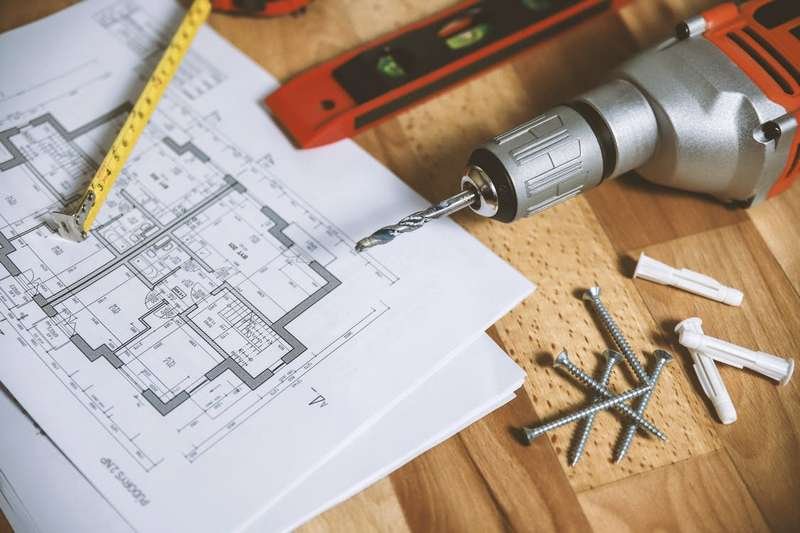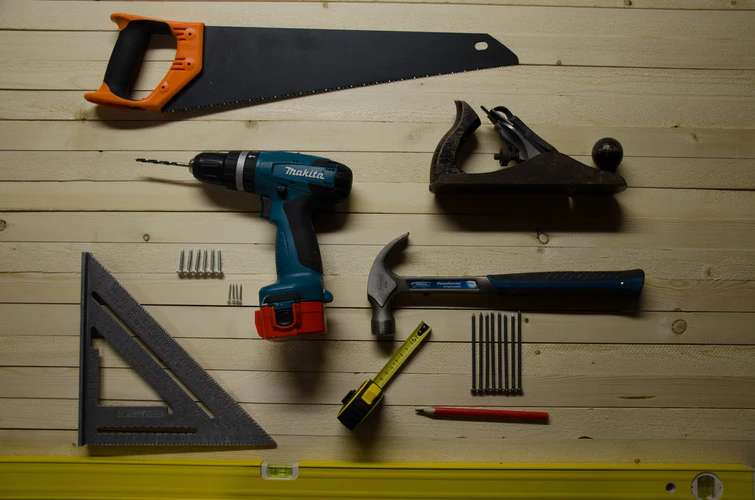Staying at home can make you explore your house on a deeper level and think of home renovation ideas and projects to make it more comfortable and safe to live in. Your tools will be your trusty companions when you do your DIY home improvement projects. Some of them are common tools such as a hammer, screwdriver, handsaw, and pliers. We know that the quality, timeliness, and efficiency of the work we do are important for success in our DIY projects that is why we need every help we can get.

When it comes to DIY projects, there are tools you never knew you needed. Here, we’ll share four of those tools and hope to get your home improvement job done faster and easier.
1. Level
You might think that the need for a level ends after your home is constructed, but it can still be used for other DIY projects such as building a bookcase, a shelf, or a cupboard. The traditional level, also known as a bubble level, comes with a vial of liquid built into the center of the tool. Most traditional levels have horizontal and vertical vials to tell you that a surface level is correct. Digital levels are the techy and easy-to-use variations for those who are more accustomed to digital readers and gadgets. Still, it works on the same principle as the traditional level when it comes to ensuring that your carpentry and home renovations are straight and even. If you are a serious DIYer aiming for absolute accuracy, there is also a laser level variant. You’ll have a literal guiding light through the lasers projecting level lines at a push of a button.
2. Stripped-Screw Remover
A screw or fastener with a stripped head can be a major headache to remove, but it shouldn’t stay stuck forever. A stripped screw remover or extractor can help you take out hard-to-remove screws with stripped heads. Extractors typically accomplish this by fitting in a drill and putting a new hole in the screw. The screw can then be easily removed. Some of the extractors can also remove fasteners that have their heads snapped off using the same method.

3. Thermal Leak Detector
Your home improvement projects don’t just involve adding new parts or extensions to your home. Most of the time, your DIY home renovation involves repairing certain parts of your home. Leaks are common damages in your house, and most of them are hidden from plain sight or too small to notice. A thermal detector does the job of searching for leaks efficiently by measuring temperature changes on the surface of your windows, ceilings, or walls. Hot and cold spots that indicate a draft can be easily detected, usually through color-coding – with red signifying warm spots and blue for cold ones. This detector is good to have for checking leaks before and after a renovation job.
4. Inspection Camera
Many times, you wished there was a tool you can use to peek inside your walls to make your DIY job a lot easier. The good news is you can do this with an inspection camera. This tool features a waterproof mini-camera attached to a flexible probing cable. The cable can be inserted into a small hole on the wall, floor, or ceiling to check if there are cables, pipes, or an exhaust vent that might get in the way when you drill or saw through these areas. This makes your job a lot safer, faster, and more cost-efficient by avoiding unnecessary damages.
There are many tools you frequently use in renovating your homes such as a hammer, drill, screwdriver, or handsaw. However, there are also tools that you don’t often need, but having them around when it matters will make you glad. Thus, think about the future projects and needs at home that you might fulfil with the useful speciality tools we suggested.

